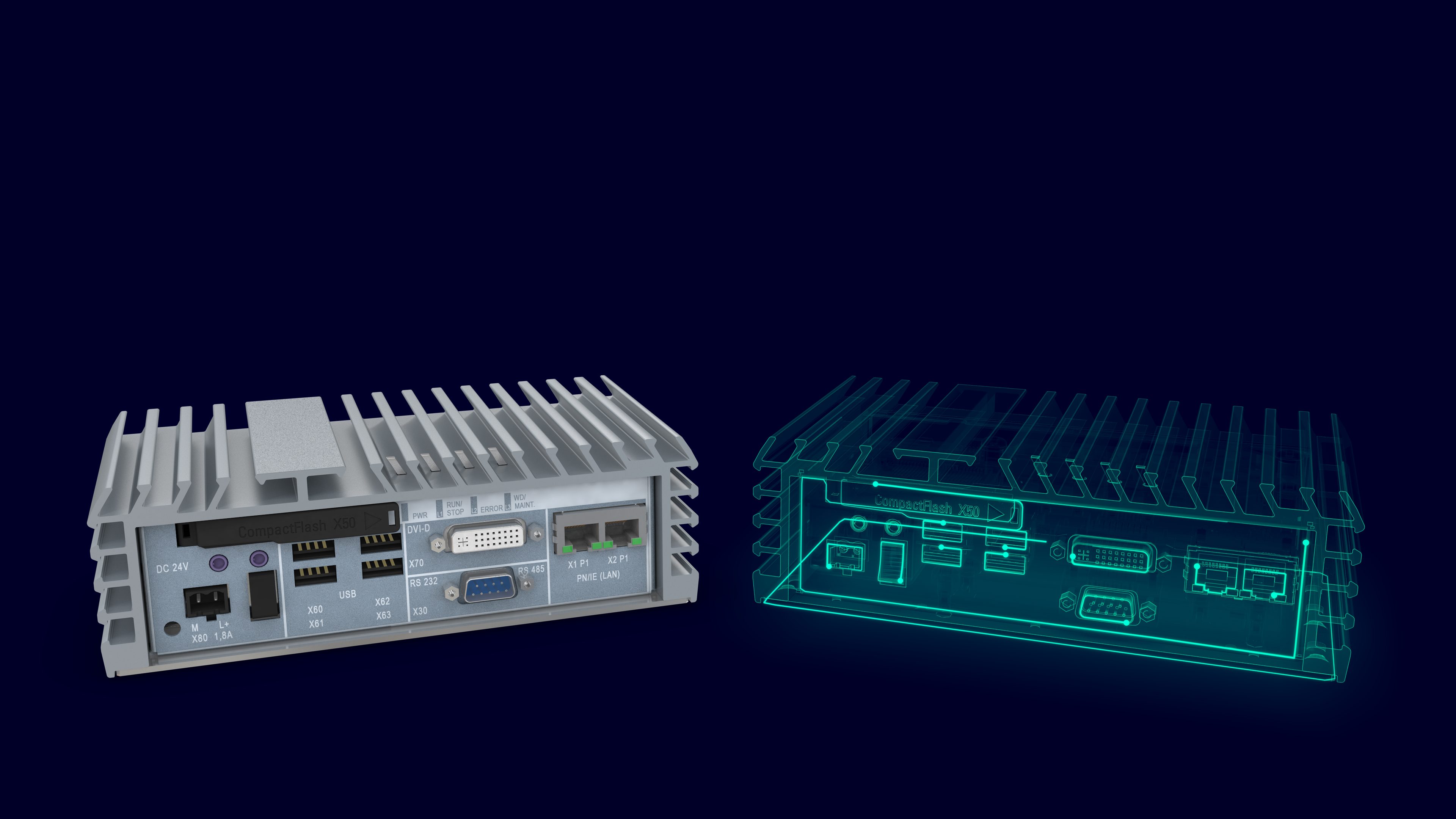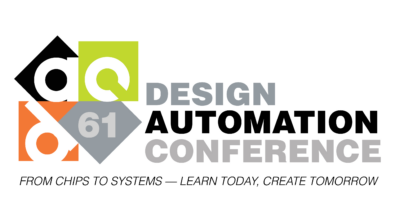DAC 2022: The Digital Twin Reimagined – One Model To Rule Them All?

To many of us in the EDA world, using the term “digital twin” to describe how customers’ electronically model their designs is very familiar – blindingly obvious, even. Indeed, there have been practical, high fidelity digital twins in the semiconductor and software worlds for many years. So what’s the big deal about “Digital Twins” today? The answer lies in two new trends:
- Digital electronics (and the corresponding software stacks) are becoming a much, much larger percentage of products that historically had purely electro-mechanical control systems
- The connective interfaces between CAD worlds – analog, digital, software, mechanical, cooling and Computational Fluid Dynamics (CFD), et.al. – present a host of opportunities for new standards to exchange data from the system level, down the software stack, and to the underlying electronics
Simply stated: the world outside of our digital semiconductor and systems bubble is finally going through the sort of digital transformation that we have. And this is great news for all of us because we have this experience to apply to digitally represent complex products across the entire product lifecycle in order to increase efficiency, confidence, and profitability. This need will only grow as products become increasingly intelligent and electrified.
Skeptical? Imagine that your company is creating a next-generation embedded computer for a land vehicle, robot, aircraft, or even a consumer device like a TV. The sooner you can verify the inter-mixing domains meet or exceed the myriad of interwoven specs, the better. Hence, a common project need would be to run real-world scenarios of a processor’s instruction flow on an emulator to get the dynamic power consumption profile of an end-user app, which in-turn provides data to a CFD tool to influence the choice of a fan, cold plate, or heat sink in the end-product’s chassis; but within the physical package size and materials specs.
- The characteristics of digital twins across the development, manufacture, and operation stages of a product lifecycle with a specific focus on how the increasing reliance on electronics in products affects these digital twins
- Opportunities enabled by digital twins to do more with less within each CAD vertical, and proposals for how to efficiently integrate the different models and/or frameworks to shape the digital twin ecosystem
- Where this needs to evolve in the next 3-5 years to help solve customers’ NP-hard problems (air and land-based autonomous vehicles, healthcare automation, etc.)

The panelists — Bryan Ramirez, Siemens EDA; Manfred Thanner, NXP Semiconductors; Fred Hannert, General Motors – represent the full spectrum of EDA tool, semiconductor, and systems makers.
This event will be in area 2010, Level 2 – all you need is the basic DAC expo pass – register for this here.
We hope to see you there!
Joe Hupcey,
for the Siemens EDA team
Reference links:
Official DAC 2022 landing page for this panel
Whitepaper: Disciplines to deliver a comprehensive digital twin — How Siemens EDA paired with PLM is breaking down the barriers between engineering disciplines to deliver a comprehensive digital twin
DAC 2022: Siemens EDA Experts Share Practical Cloud Solutions


